Cutting-Edge Data Classification Solutions
5+
1500+
100%
99%
24X7
Our Specialized Data Classification Services
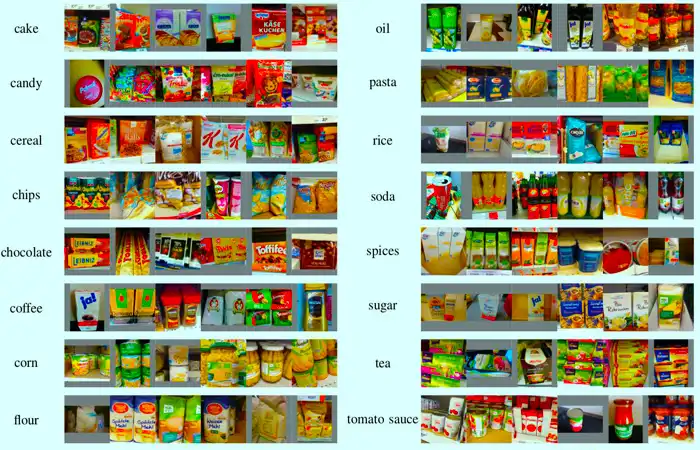
Supervised Classification

Unsupervised Classification



Semi-Supervised Classification

Multi-Class Classification
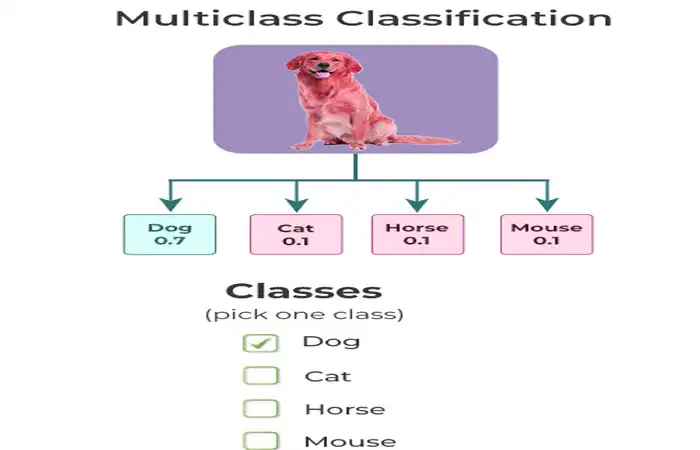

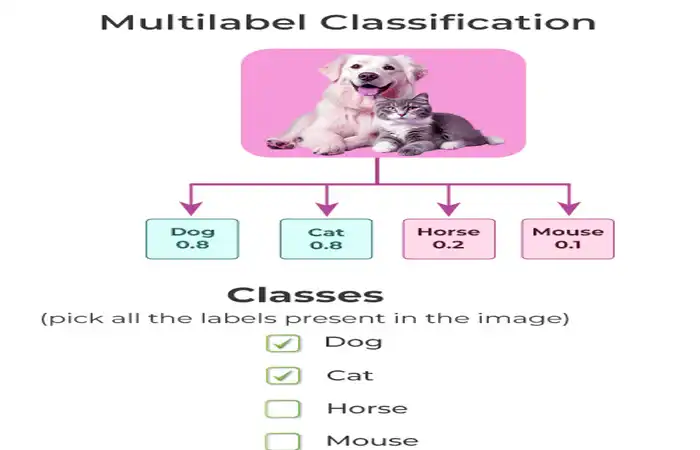
Multi-Label Classification

Text Classification
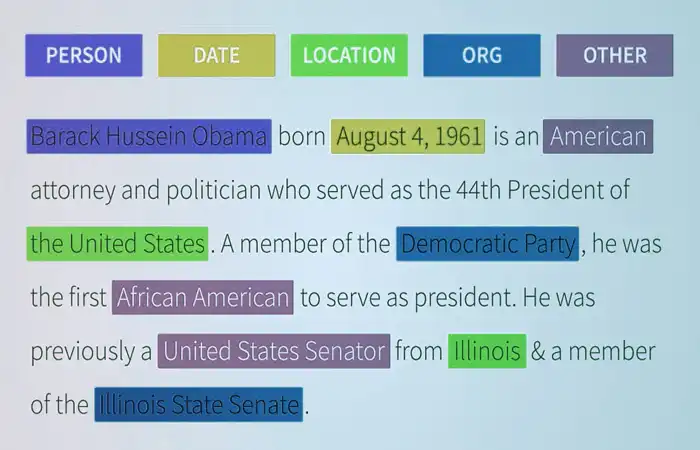

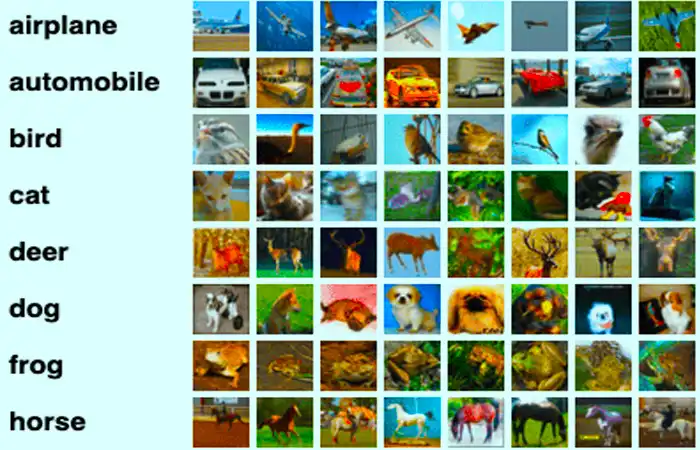
Image Classification

Step-by-Step Process for Data Classification
Identify Data Types


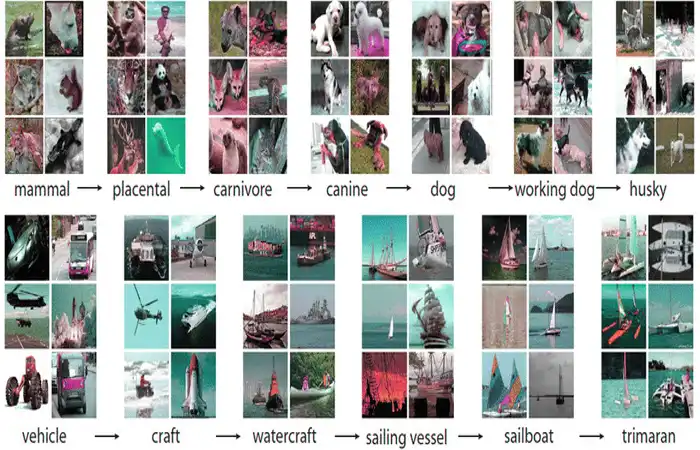
Define Classification Criteria

Label and Categorize Data



Apply Security Measures

Ensure Compliance


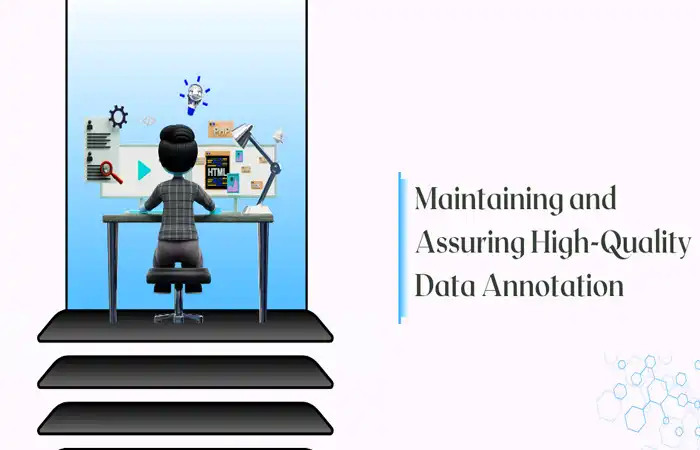
Monitor and Maintain

Continuously monitor the classified data, making updates and adjustments as needed to adapt to evolving business needs and regulations.
Which Industry Use Data Classification Services

Finance
In the finance industry, data classification is used to organize sensitive financial records, enabling secure access, preventing fraud, and ensuring that businesses stay compliant with privacy and security regulations.

E-commerce
For ecommerce businesses, data classification improves the organization of product information, making it easier for customers to find what they need and helping businesses manage their inventory securely and efficiently.

Insurance
In the insurance sector, data classification ensures that customer and policy data is securely categorized, making claims processing more efficient while maintaining compliance with data protection laws.

Healthcare
In healthcare, data classification helps organize patient records based on sensitivity and privacy, ensuring compliance with regulations like HIPAA and allowing for secure sharing between medical professionals.

Government
Government agencies use data classification to safeguard sensitive public data, ensuring that it's properly categorized and accessible only to authorized individuals, helping with both security and regulatory compliance.

Technology
In technology, data classification helps manage vast amounts of data efficiently, improving decision-making, supporting automation, and ensuring that sensitive information is handled securely across different systems.

